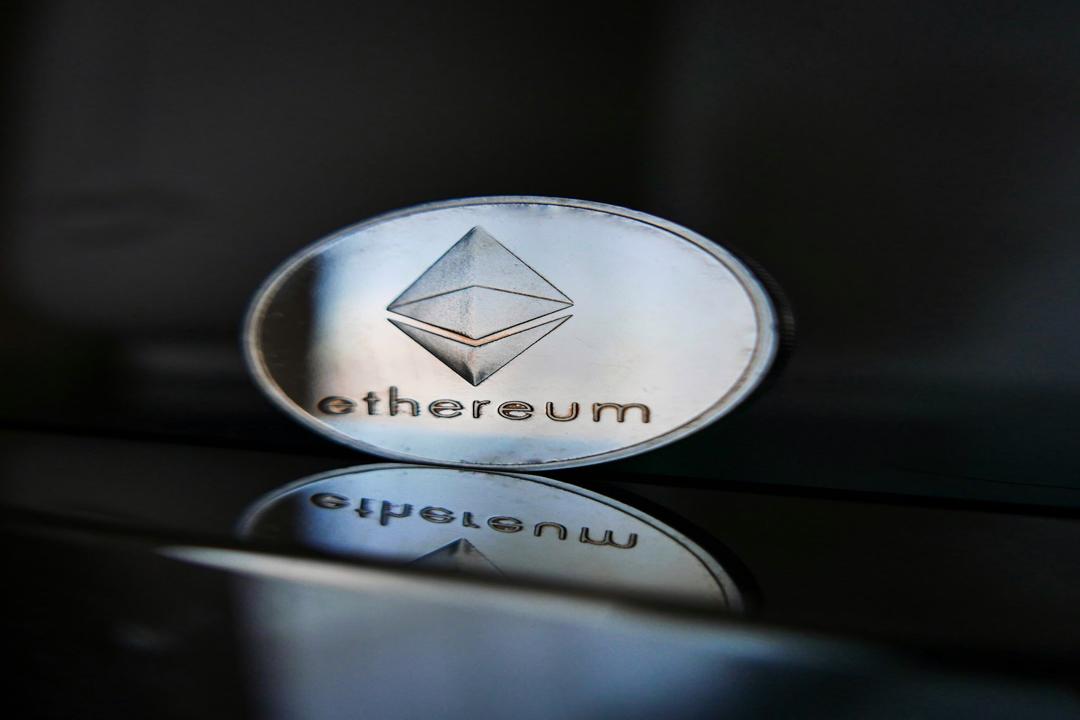Ethereum co-founder Vitalik Buterin’s Ethereum roadmap has reached its sixth chapter, “The Splurge.” This project is primarily designed to achieve “other” diverse and unique goals that are not suitable for classification under larger subcategories.
Since its inception in 2013, Ethereum has undergone multiple upgrades, with each update pushing its leadership position in smart contracts and decentralized applications (DApps). “The Splurge” is the latest plan starting in 2023, dedicated to improving the performance and scalability of the Ethereum Virtual Machine (EVM) and addressing current transaction fee economics and cryptographic technology issues.
The Key Goals of The Splurge
Vitalik explains in the article that The Splurge is not just a simple technical optimization; it includes four key goals aimed at promoting a more stable and high-performance “final state” for Ethereum:
1. Enhancing the performance and stability of the EVM: The goal is to achieve a final state that not only supports the current smart contract ecosystem but also lays the foundation for future efficient cryptographic capabilities.
2. Built-in support for account abstraction: Facilitating more secure and convenient account management for the benefit of every user.
3. Optimizing transaction fee mechanisms: Improving scalability and reducing risks through enhancement.
4. Exploring advanced cryptographic technologies: Leveraging the latest cryptographic technologies to make the Ethereum protocol more competitive in the long term.
Improving the EVM: From Efficiency to Cryptographic Capabilities
What are the current issues?
The current EVM faces difficulties in static analysis, which not only affects performance but also makes code verification and continuous expansion challenging. Additionally, the EVM is inefficient when performing many advanced cryptographic operations unless precompilation is specifically supported.
What is the solution?
To address these challenges, the Ethereum Object Format (EOF) is set to be introduced. The characteristics of EOF include:
– Code and data isolation, reducing unnecessary resource consumption.
– Disabling dynamic jumps and only allowing static jumps.
– Introducing explicit subroutine mechanisms to further enhance performance.
In the future, the EVM will also incorporate EVM-MAX (EVM Modular Arithmetic Extensions) and Single Instruction Multiple Data (SIMD) capabilities, both of which significantly improve the efficiency of cryptographic algorithms. This will enable Ethereum to easily implement efficient cryptographic techniques such as Montgomery multiplication and elliptic curve encryption.
Account Abstraction: Supporting Multi-functional Accounts
Limitations of the current account verification method
The current Ethereum account system only supports ECDSA (Elliptic Curve Digital Signature Algorithm) verification. Account abstraction aims to integrate more verification methods into the protocol, making features like multi-signature wallets and social recovery wallets a reality and allowing users to switch keys more conveniently to enhance security.
Progress on ERC-4337 and EIP-7702
As part of the upcoming hard fork plan, EIP-7702 will expand account abstraction functionality to benefit all accounts, including EOA (Externally Owned Accounts). ERC-4337 introduces a two-step process of validation and execution to address potential denial-of-service attack risks. It also introduces Paymaster and Aggregator features to support more flexible account management.
Improving EIP-1559: Multi-dimensional Fee Mechanism
What are the current issues?
Although EIP-1559, introduced in 2021, improved the average block processing speed, there is still room for improvement. The current formula leads to approximately 50-53% block utilization rate, and adaptability in extreme cases is still insufficient. To address these issues, the concept of “multi-dimensional fees” is introduced to adapt to different resource demands and reduce the volatility of fuel costs.
Proposals: EIP-7706 and EIP-7623
These proposals introduce separate fuel prices for different resource dimensions to improve resource utilization by bridging the gap between average and worst-case scenarios. The multi-dimensional fee mechanism will also help Ethereum handle future demands for computational resources, such as STARK hash trees, and provide predictability for Ethereum’s resource needs.
Verifiable Delay Functions (VDF): Improved Randomness Generation
What are the current issues?
Currently, Ethereum’s randomness generation relies on the RANDAO method, which has certain manipulation risks. Verifiable Delay Functions (VDF) offer a potential solution by reducing the manipulability of random data through their sequential execution characteristics.
Mechanism and Progress of VDF
The challenge with VDF lies in avoiding hardware acceleration and unintended parallel optimizations while maintaining the credibility of randomness while ensuring practicality. In the future, developing VDF-specific ASICs might be a viable direction but requires extensive research and testing.
Obfuscation Techniques and One-Time Signatures: The Future of Cryptography
Security requirements for multi-party applications
As technology advances, the demand for smart contracts and multi-party applications is rapidly growing. Obfuscation techniques and one-time signatures offer a highly promising solution, enabling protocols to achieve near-perfect security and privacy protection.
Application potential of cryptographic techniques
In the future, with the maturity of Indistinguishability Obfuscation and one-time signature technologies, Ethereum will be able to be applied in a wider range of privacy and security applications, including private EVM, decentralized anonymous elections, and quantum-resistant cryptographic systems, fundamentally expanding Ethereum’s application scope in privacy, decentralization, and multi-party trust.
The Splurge will address various issues
The launch of The Splurge project marks a comprehensive upgrade for Ethereum in terms of performance, account management, security, and scalability. These proposals not only solve technical challenges in the current protocol but also open up infinite possibilities for Ethereum’s future applications and versatility.

